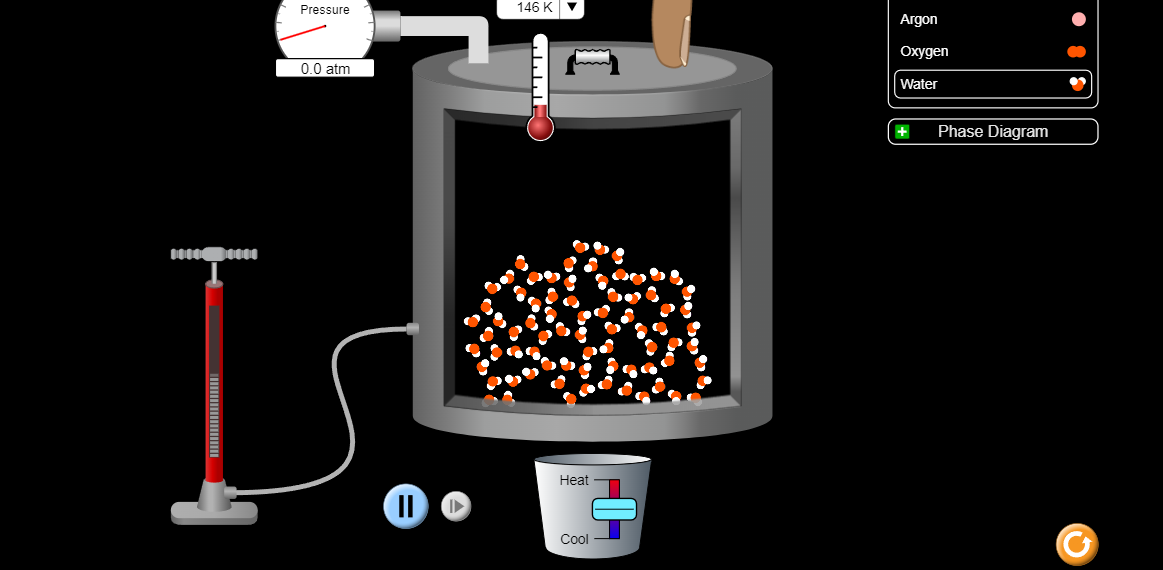Concept of digital citizenship
Digital citizenship refers to the responsible and ethical use of technology and the internet. It covers range of behaviors, practices and skills that help individuals navigate the digital world safely and effectively. It also refers to the responsible, safe, and respectful use of technology. It's about being a good citizen in the digital world, just like you would be in your physical community. This includes engaging positively, critically and competently in the digital environment. Moreover, it also includes respecting others online, protecting ones privacy and security, using technology in an effective way.
There are nine elements of digital citizenship:
Teachers can equip students with the ability to critically evaluate online information, identify credible sources, and practice safe browsing habits. This empowers students to navigate the vast amount of information online and discern fact from fiction. Teacher can guide students with the online behavior and make sure to make all the students use technology in an efficient way. This means teaching students about online etiquette, copyright, and how to be respectful towards others online. Teachers can help students understand the importance of online etiquette, such as respectful communication, responsible online sharing, and protecting privacy. This includes teaching them about netiquette, how to be mindful of what they share online, and how to protect their personal information. As a result, students will build a strong sense of respect and there will be less cyberbullying in the society. Teachers can educate students on online safety issues like phishing scams, threats, and social engineering tactics, empowering them to protect themselves online. This equips students with the knowledge to stay safe from online scams and threats. Moreover, they will also learn to respect others work and learn to keep themselves safe from the online issues. This will make them more confident in verifying the online source while searching for the ideas and information. Teachers serve as role models by demonstrating ethical and responsible online behavior, fostering a positive digital learning environment. By setting a good example, teachers can inspire students to be responsible digital citizens themselves. Since, most of the students looks after their teacher, it is important for the teacher to set good examples for the students.
In addition to these specific areas, teachers can also integrate digital citizenship concepts into their curriculum across subjects. For example, a history teacher might have students research a topic online and evaluate the credibility of their sources. Or, an English teacher might have students create a digital presentation while following copyright guidelines. By weaving digital citizenship into their everyday teaching, teachers can help students develop the skills and knowledge they need to be responsible and safe online.
To talk about the right that a teacher should carry out in the society, community and world: I should have access to vast amounts of information to stay up-to-date and provide comprehensive learning experiences. This includes access to scholarly articles, educational resources, and current events. In this way it will help my students to get information about the outside world as I will be the one sharing the news and information as I am up to date with the latest information. I should be able to share information freely within the boundaries set by my programming and following ethical guidelines. This allows me to present diverse viewpoints and spark critical thinking in students. I have to share information which which are true about the world rather than sharing the false information. It is because students take teachers as their role model and they believe in their teacher. Si, it is important for me to share the news as well as the ideas to the students in after verifying the information.
To go on with the responsibilities of a teacher in the world, I have a responsibility to ensure the information I provide is accurate, unbiased, and properly cited. This means avoiding misinformation and fake news, and attributing sources correctly. This will make them to believe in what I say to them or share the information to them. I should not collect or store any personal student data beyond what's explicitly required for educational purposes. This protects student privacy and builds trust between the students and the teacher. Moreover, it build strong bonds between parents and the teachers. I should strive to be fair and unbiased in my responses, avoiding discriminatory or offensive outputs. This means being constantly monitored and improved to minimize algorithmic bias. I should be secure from manipulation and hacking to prevent the spread of disinformation or harmful content. This ensures a safe learning environment for students. I should educate students about AI and its potential benefits and limitations. This includes teaching them to be critical consumers of AI-generated content and understand the ethical implications of AI technology.
.png)












.jpg)
.jpg)

.jpg)

